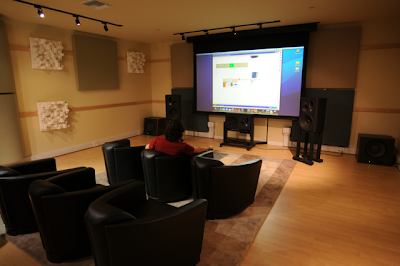Although not explicitly mentioned in the SoundStage editorial, this is perhaps the most important reason for including measurements in reviews. If a reviewer finds a product to be exciting and novel, is this because it has truly higher fidelity to the source? Or is it because the product is non-linear - distorting - in a way the reviewer happens to find pleasing? The product might be compensating for issues elsewhere in the system or room. Or it might be exaggerating certain aural triggers that are important to a specific reviewer, in the short term, but not to the larger audience, or over a longer term. If a product gets a rave review, but measures poorly, it is a red flag that the review should be looked at even more critically than usual.
John Atkinson at Stereophile is good at using measurements in just such a way, and I appreciate Stereophile more because of it. I remember some time ago a SP reviewer raving about some "new technology" interconnect - which, upon testing, was found to introduce large amounts of distortion, the obvious implication being that the reviewer found the distortion to be a euphonic benefit.

















